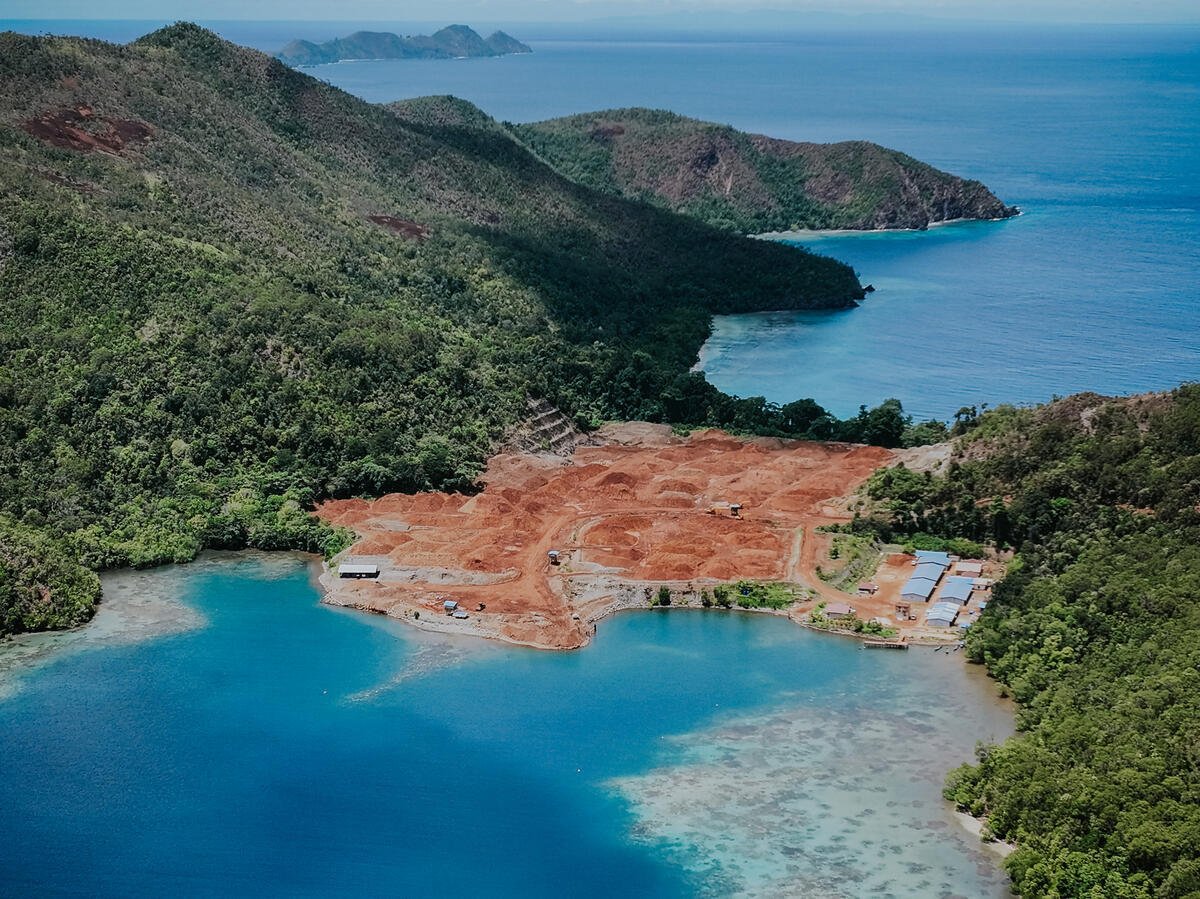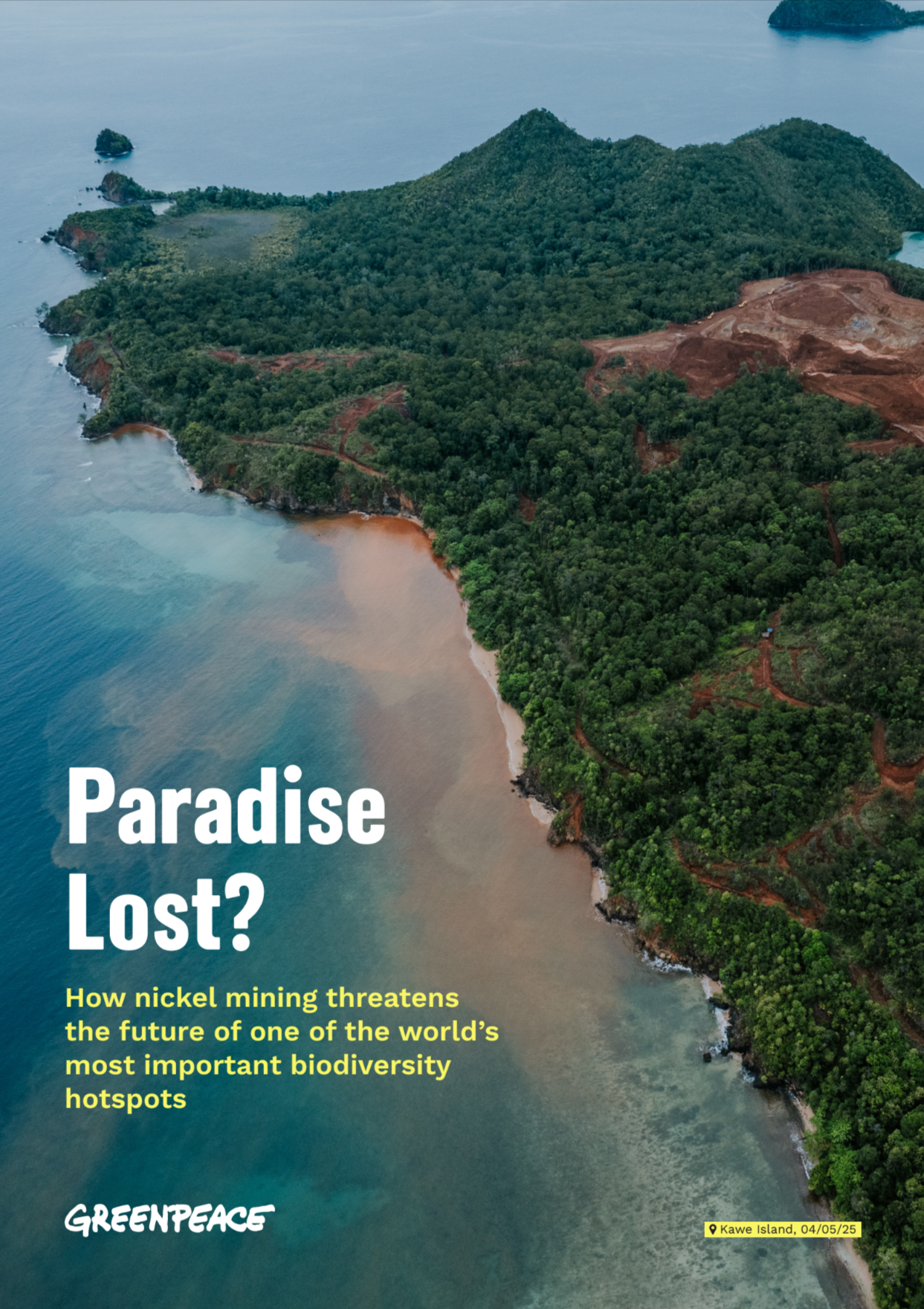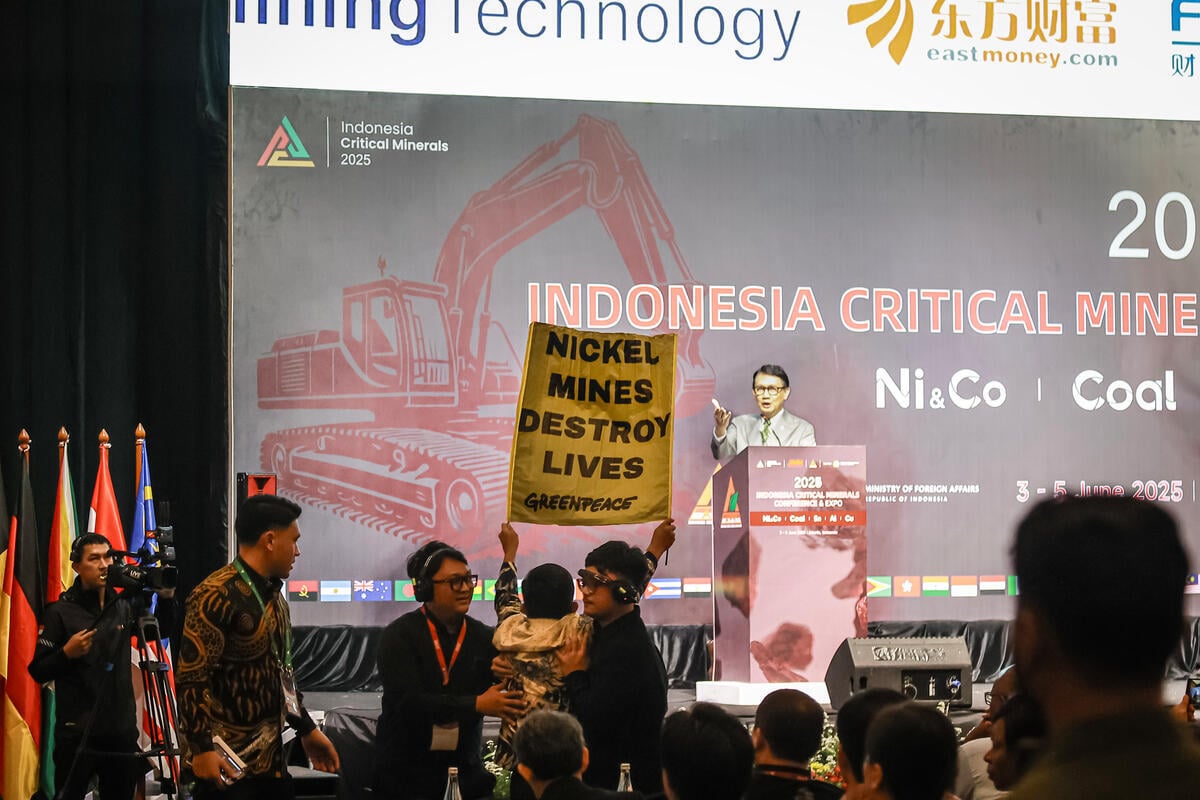Forest and peat fires are emerging as a global threat and are driving a public health emergency in Southeast Asia. Indonesia is the front line. And it’s here where much of the smoke, known as the Haze Wave, originates.
Indonesia’s peat stores a massive amount of carbon – up to 60 billion tonnes, which makes it a virtual carbon bomb if even some of it was released into the air. And that’s not to mention the untold amounts of air pollution to metropolises across the region, including Singapore.
Over 75% of fire hotspots in Indonesia occur on peatland: partially decayed, dead vegetation which has accumulated over thousands of years and is typically saturated with water – it is virtually impossible to set alight in its natural state. But when they are cleared and drained to make way for plantations like palm oil and pulp and paper, this carbon-rich material becomes tinder dry – and vulnerable to fires.
![]()
It’s affecting YOU.
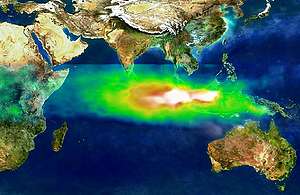
The Haze Wave has an insidious affect on the health of the millions living in Sumatra and the region. Modeling attributes an average of 110,000 deaths a year in the region to these fires, primarily associated with long-term seasonal exposure to smoke particles (Johnston et al., 2012). This rises to nearly 300,000 deaths during an El Niño year, when droughts are longer and more severe (Johnston et al., 2012). The fires also pump planet-warming carbon into the air – Indonesia’s peatland conain a whopping 60 billions tonnes of carbon. Releasing all of this carbon would be catastrophic for us all.
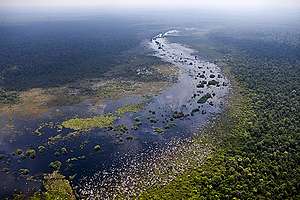
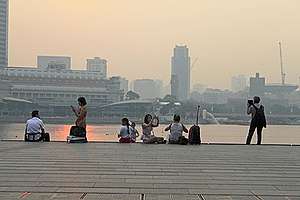
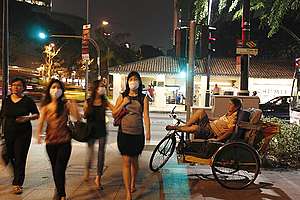
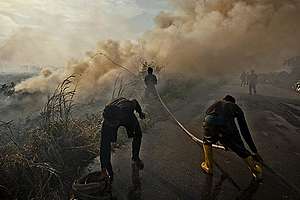
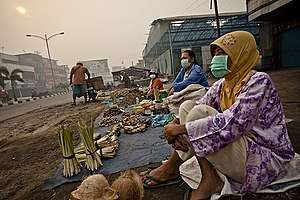
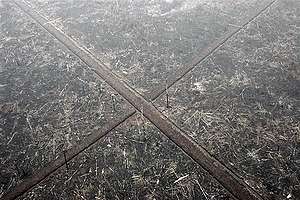
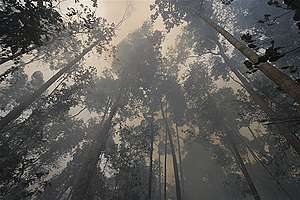
The Haze: Ground Zero
Some of the hardest hit by the peat fires are communities in Sumatra. Greenpeace has helped tell the story of families whose livelihoods have been impacted by the fires.
Who to blame?
Operating under weak and poorly enforced laws, industrial plantations are continuing to lay the foundations for next year’s haze. Plantations in Indonesia feed a massive global appetite for commodities like palm oil and pulp and paper, and are a massive source of income for a country that rapidly wants to develop. From plantations to supermarket shelves around the world, businesses are trading deforestation and peatland destruction.
Solutions
Protecting all forests and peatland is the best long-term solution to the Haze wave.
-
Laws must be changed and strengthened.The outgoing President of Indonesia has a chance to firmly establish his “green” legacy before it goes up in smoke. Legislation must be urgently passed to protect all forests and all peat, no matter how deep it is or whether it is in existing concessions or not. The government must also take other measure such as clearing the web of confusing contradictory policies across different sectors, and create a transparent and credible system mapping land use and ownership.
-
Companies must end their role in peat and forest destruction. Companies operating in risky areas like Sumatra need to recognize there is a problem and then choose to be part of the solution. This starts with a commitment to No Deforestation, which means immediately stopping the bulldozers while implementing its commitment. Already there has been a wave of momentum: from household brands through to producers on the ground.
You can be part of the solution
With the fire season reaching its peak we are busy analyzing satellite images and monitoring the ground.When we find something you will be among the first to know! And then we’ll let you know how to take action to help stop the haze!
___
Johnston, F., Henderson, S., Chen, Y., Randerson, J., Marlier, M., DeFries, R., Kinney, P., Bowman D & Brauer, M. 2012. Estimated global mortality attributable to smoke from landscape fires. Environmental Health Perspectives 120: 695-701.

